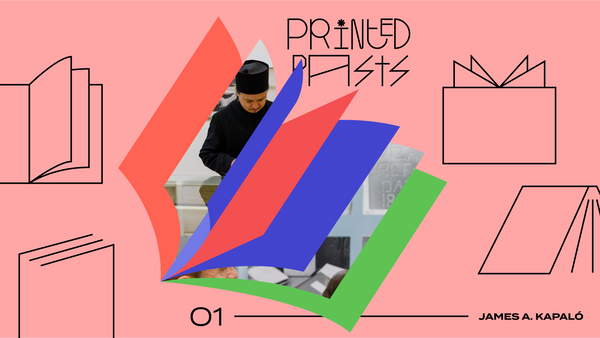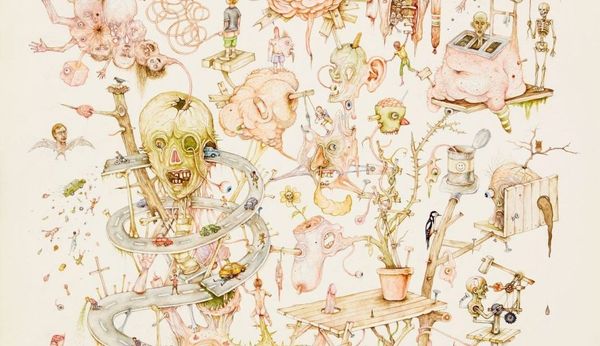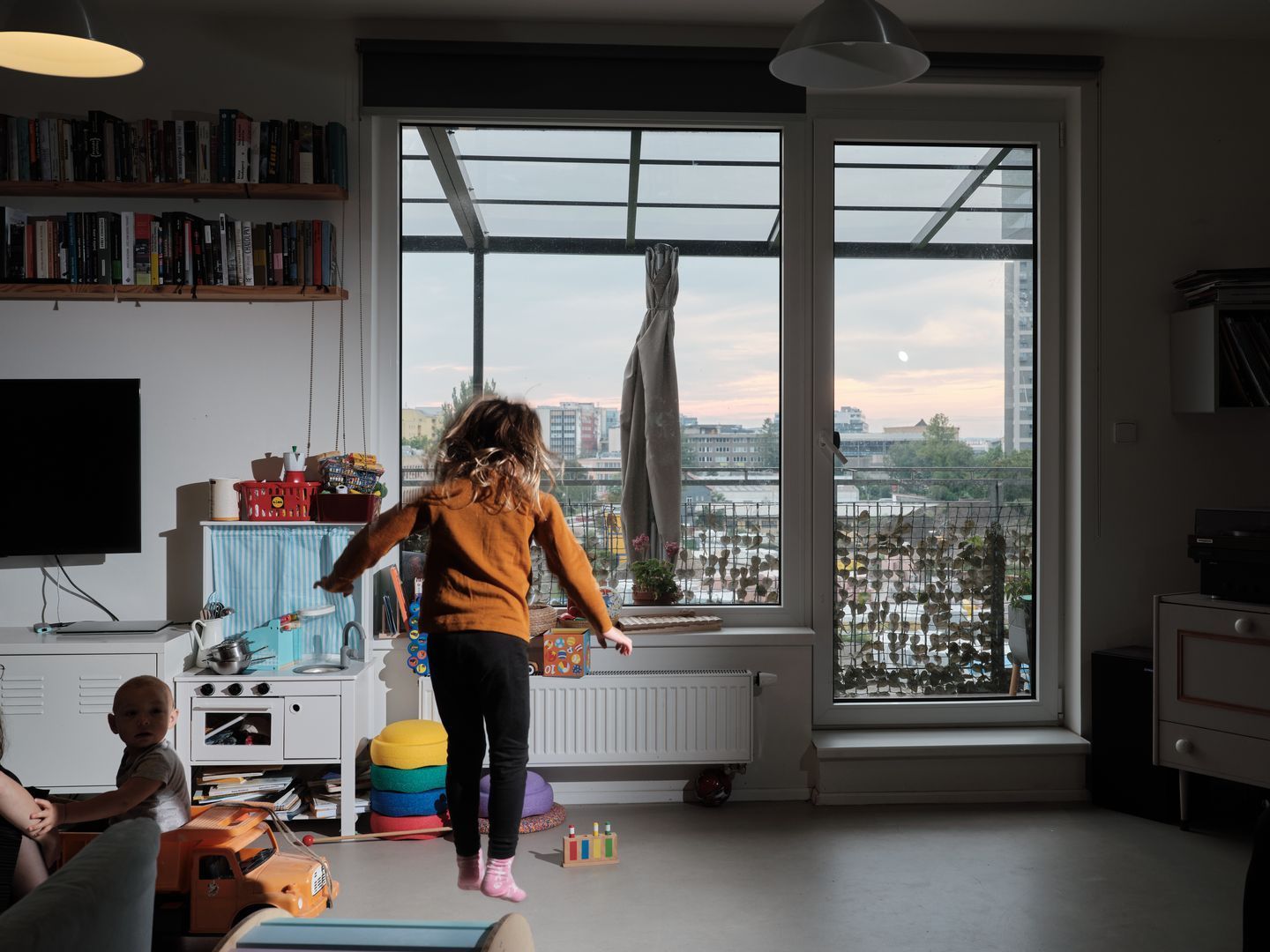What does an average apartment in the Czech capital look like and how do prices compare to other European cities? These are among the questions that the exhibition Prague Tomorrow? Houses and Apartments seeks to answer.
Prague is experiencing a housing crisis, with far more people looking for a home than apartments available on the market, which also drives up prices. A new exhibition at the Center for Architecture and Metropolitan Planning (CAMP) not only addresses this problem but also looks at the kind of homes Prague’s residents are living in.

According to the 2021 census, Prague had 1,301,432 people living in 721,332 properties, or 554 dwellings per 1000 people. Warsaw and Vienna are slightly better (570 and 561 respectively), while Munich and Berlin are worse (552 and 530). However, the Czech capital is much less populated, with 26 people living in every hectare, while Munich, Amsterdam, Vienna, and Berlin have about twice as many people in the same space. The organizers of the exhibition see the problem more in the pace of new housing construction: in the last decade, 4 new dwellings were built for every 1,000 people in Prague, compared with 10 in Warsaw.
The exhibition also reveals that 86% of the housing stocks are apartments, most built between 1920 and 1970, with an average size of 70 square meters, but the smallest apartment in Prague has a floor area the size of the sofa and carpet below:


Blessed Food and Hidden Cameras – Interview with James A. Kapaló | Printed Pasts

The heritage of blooming magnolias in a bottle | Magnolia Heritage Gin










